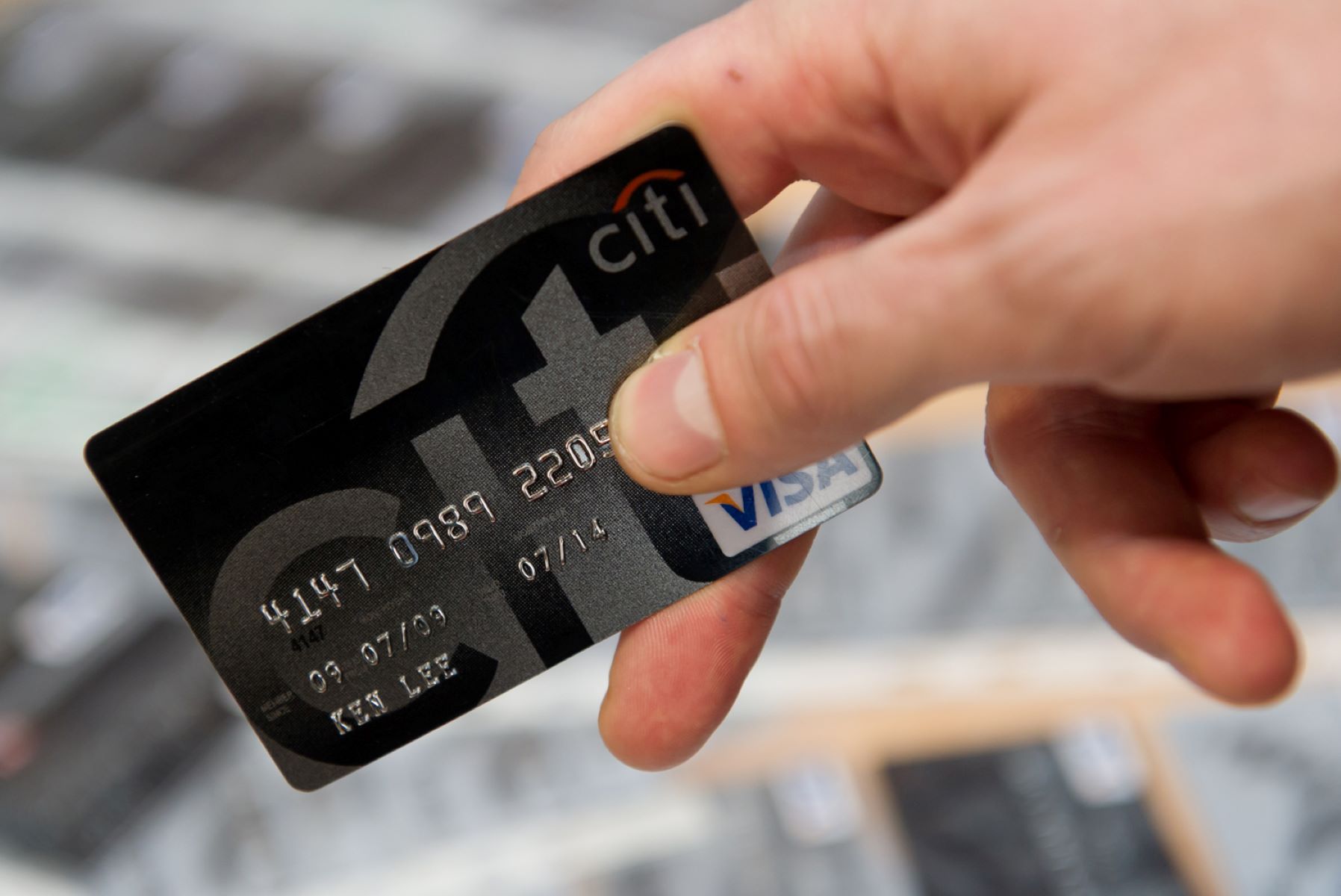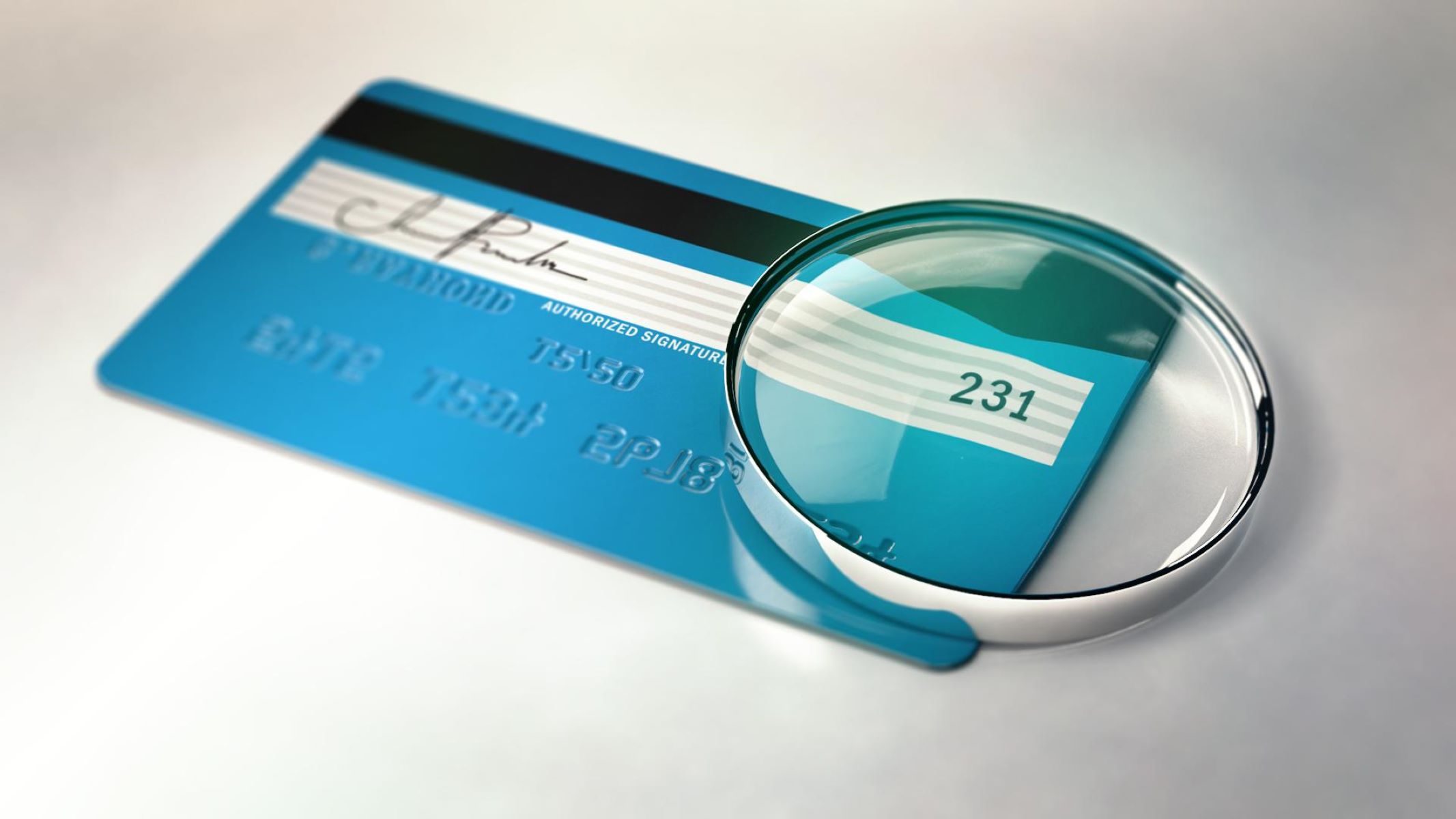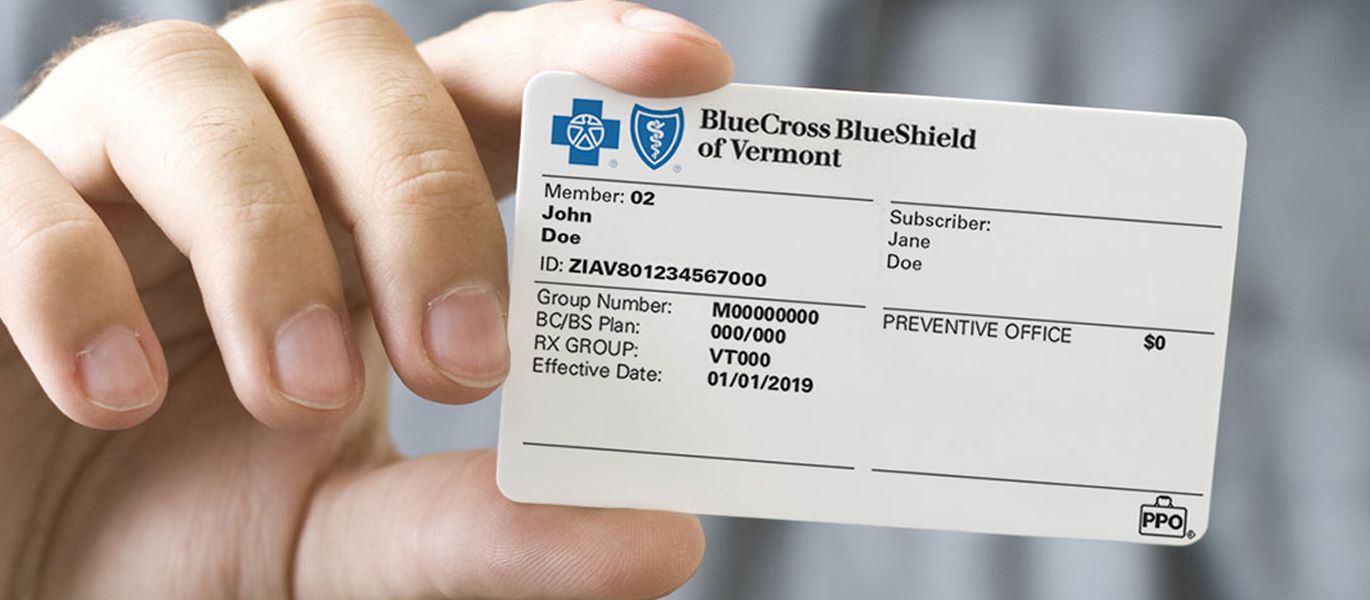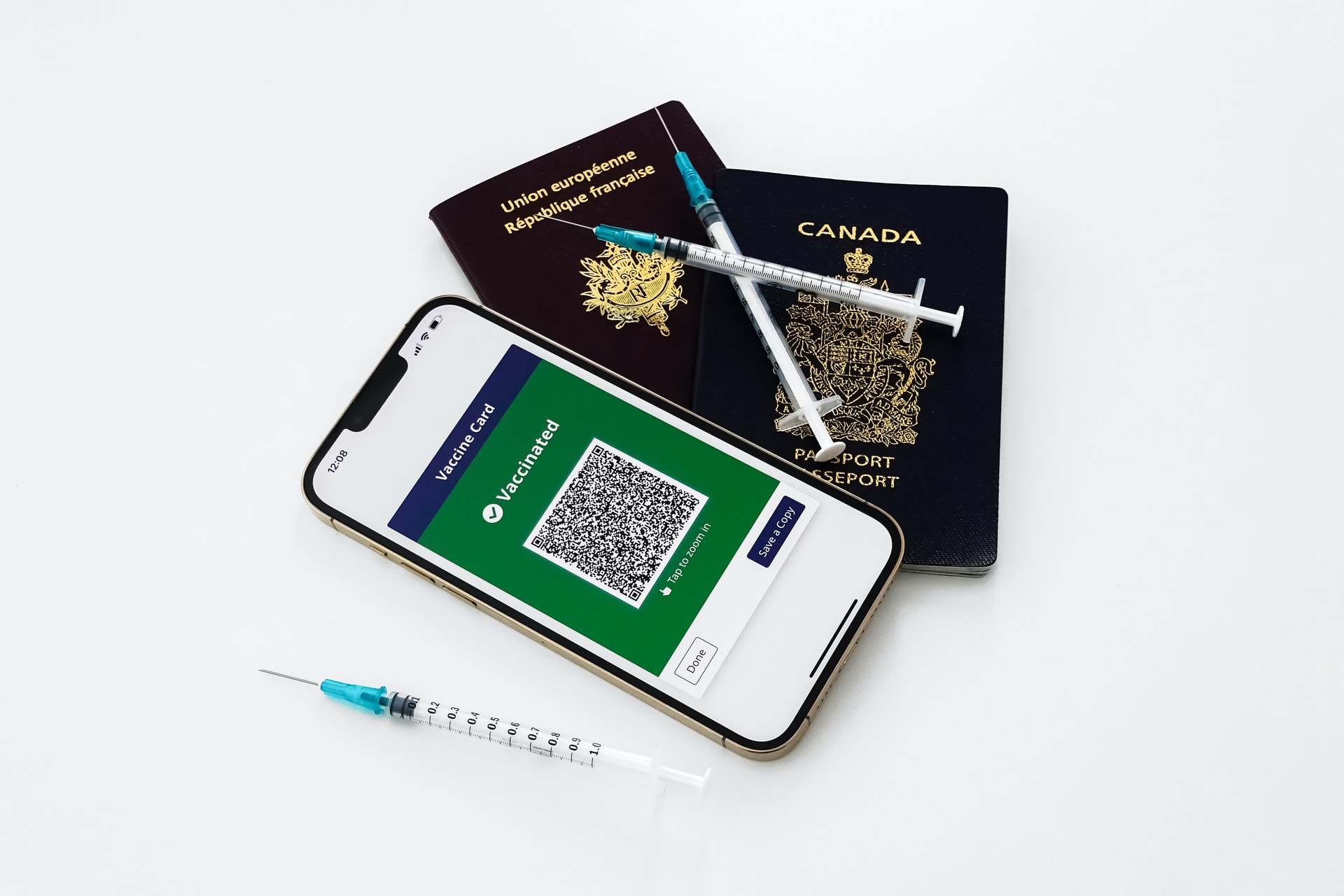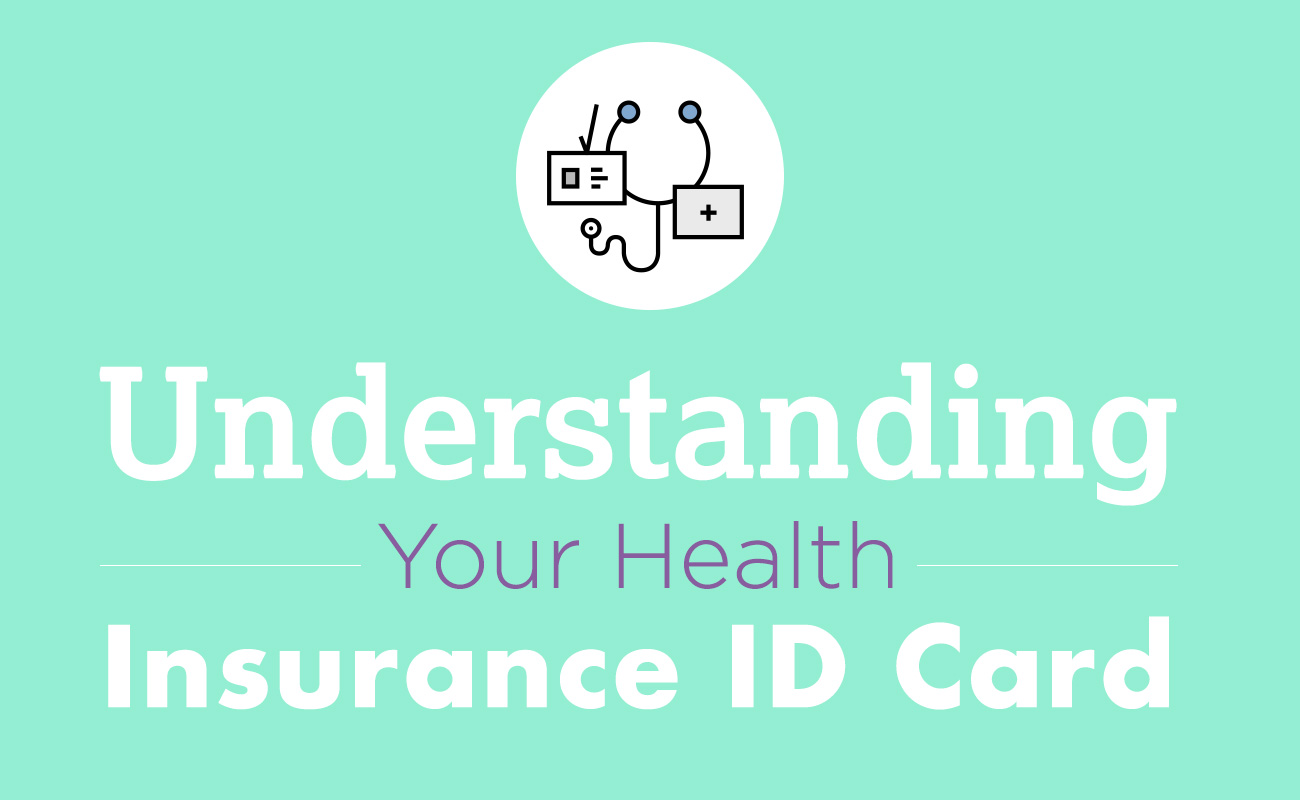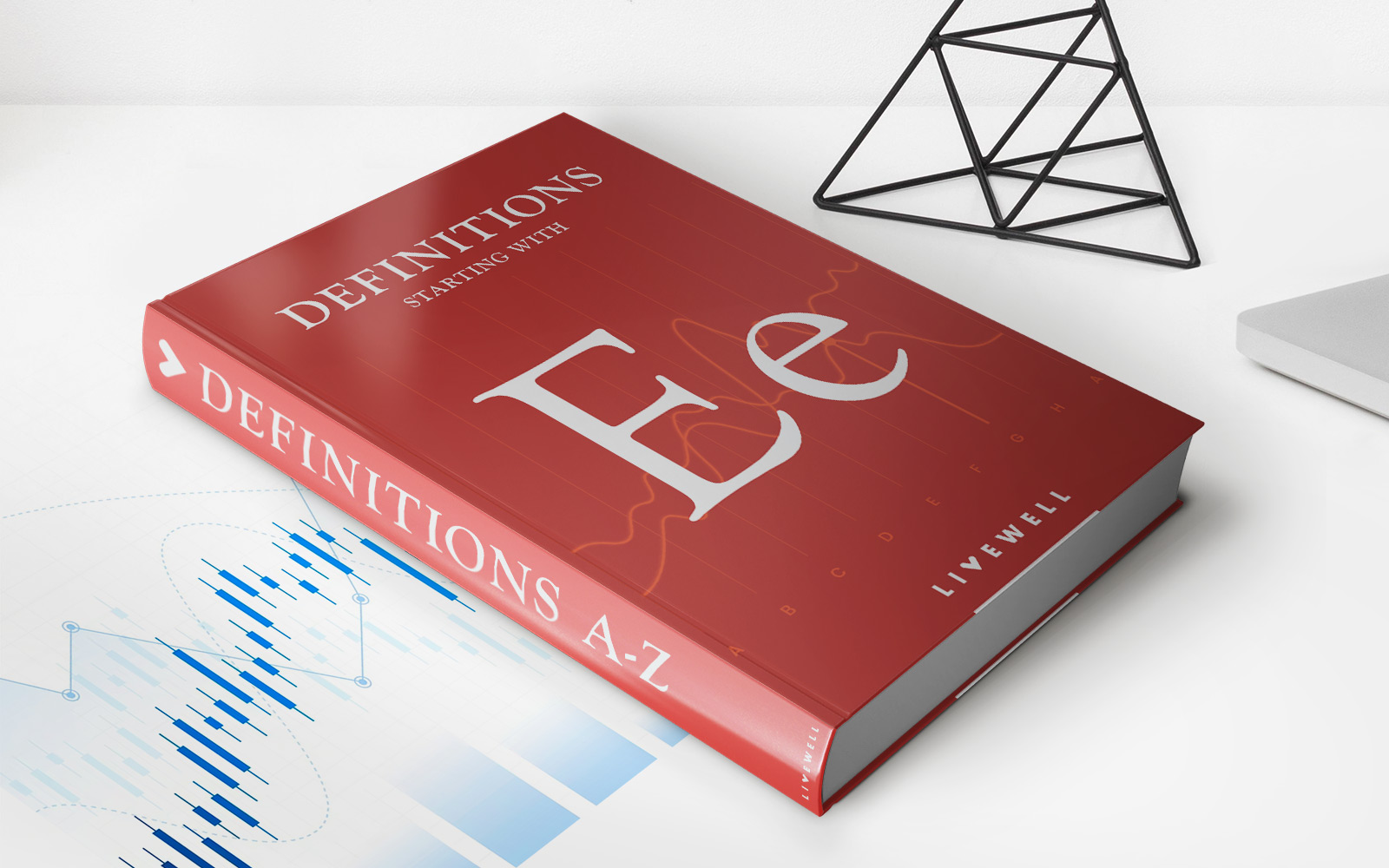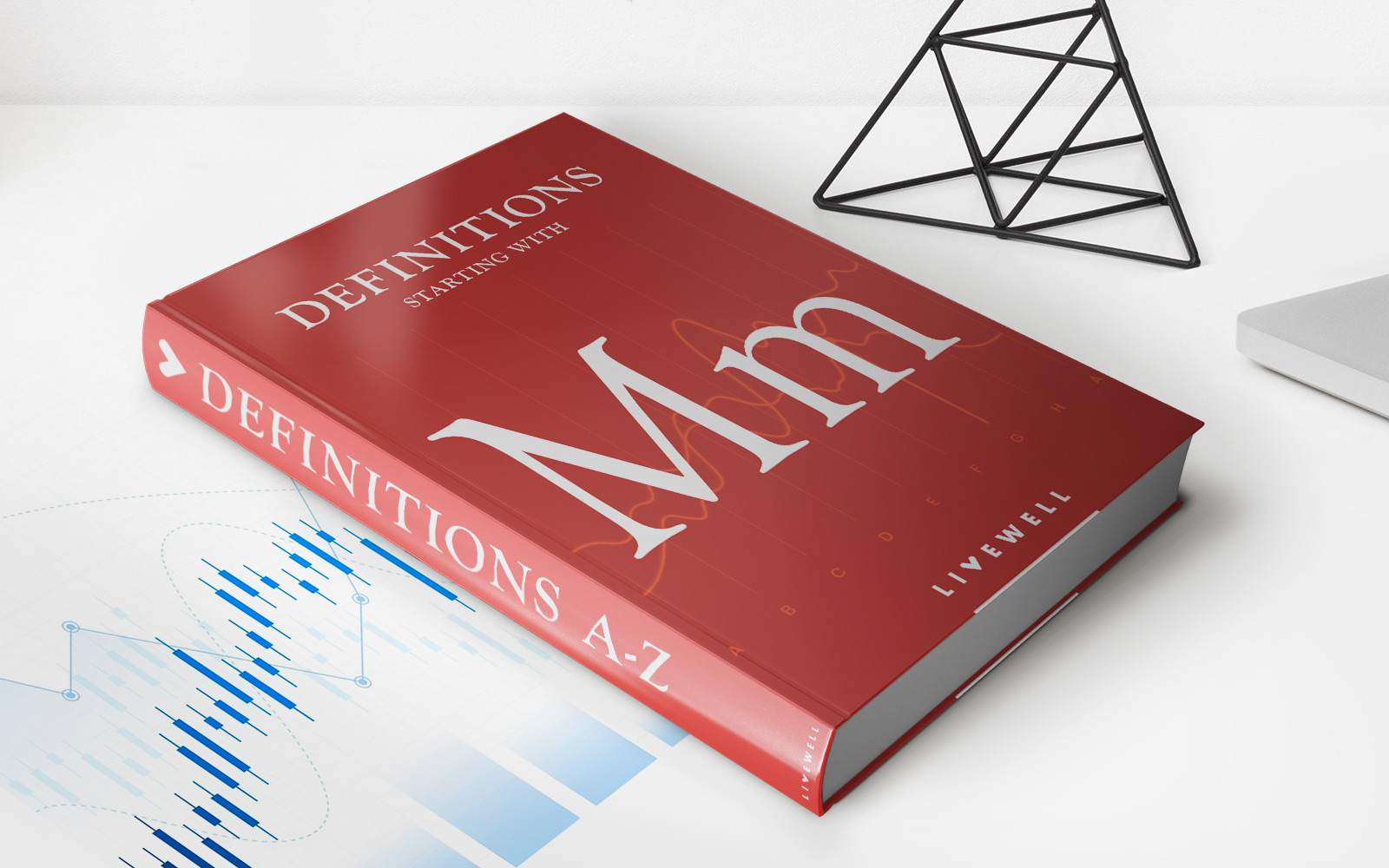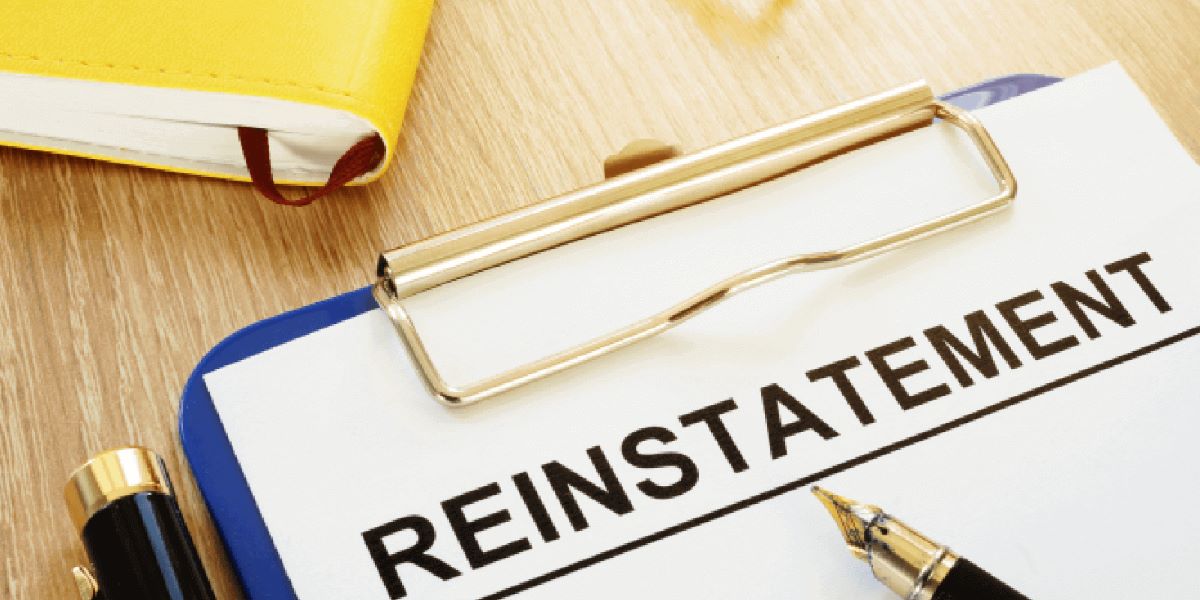

Finance
What Is A BIN Number On An Insurance Card
Modified: February 21, 2024
Discover what a BIN number is on an insurance card and how it relates to finance. Understand the importance and use of this identifying number in the insurance industry.
(Many of the links in this article redirect to a specific reviewed product. Your purchase of these products through affiliate links helps to generate commission for LiveWell, at no extra cost. Learn more)
Table of Contents
Introduction
When it comes to managing your insurance coverage, understanding the information on your insurance card is crucial. Among the various details listed on your insurance card, one important element to take note of is the BIN number. The BIN number plays a significant role in the healthcare and insurance industry, and it serves a specific purpose when it comes to processing claims and identifying your insurance provider.
In this article, we will delve into the intricacies of the BIN number on an insurance card, discussing its definition, purpose, structure, and how to locate it. We will also shed light on the importance of the BIN number in ensuring smooth and accurate insurance claim processing. Additionally, we will differentiate the BIN number from the group number, another key component found on an insurance card.
By the end of this article, you will have a comprehensive understanding of what the BIN number is, why it matters, and how it affects your insurance coverage.
Definition of BIN Number
The BIN number, also known as the Bank Identification Number, is a unique numerical code assigned to healthcare insurance providers by the American National Standards Institute (ANSI). This code serves as an identifier for insurance carriers and is used in the processing of insurance claims.
Think of the BIN number as a digital fingerprint for your insurance provider. It helps streamline administrative processes and ensures that the correct insurance information is accessed during claim submissions and reimbursement procedures. Each insurance carrier is assigned a distinct BIN number, making it easy for third-party administrators, pharmacies, and healthcare providers to identify and verify coverage.
Furthermore, the BIN number is an essential element in the coordination between insurance companies and healthcare service providers. It enables a seamless flow of information and streamlines claim processing, reducing the chances of errors or delays in service.
The BIN number is typically a six-digit code, although there are variations in the length depending on the insurance company. It is important to note that the BIN number is different from the policy number, which is unique to each individual policyholder.
Purpose of BIN Number on an Insurance Card
The primary purpose of the BIN number on an insurance card is to facilitate the smooth processing of insurance claims. This unique identification code plays a critical role in connecting healthcare providers and insurance carriers, ensuring accurate information retrieval and efficient claim handling.
When you visit a healthcare provider or pharmacy, they will request your insurance information, including your insurance card. The BIN number on your insurance card allows the provider or pharmacy to quickly identify your insurance carrier and access the necessary details for claim submission. This ensures that the appropriate insurance coverage is applied and that the correct billing information is used.
Moreover, the BIN number aids in verifying the authenticity of insurance coverage. By cross-referencing the BIN number with their databases, healthcare providers can ensure that the insurance carrier is legitimate and that the policy is active. This helps prevent fraudulent claims and protects both the insurance company and the policyholder from unauthorized use of insurance benefits.
The BIN number also enables efficient coordination between insurance carriers and third-party administrators, such as pharmacy benefit managers (PBMs) and other healthcare vendors. These entities rely on the BIN number to identify the insurance company and process claims accurately and swiftly. This streamlines the healthcare system’s overall efficiency and reduces the administrative burden on both providers and insurers.
Overall, the purpose of the BIN number on an insurance card is to establish a seamless connection between the insurance carrier, healthcare providers, and other entities involved in the insurance claim process. It serves as a vital link in ensuring that accurate and timely claim submissions are made, ultimately benefiting both the policyholder and the insurance company.
Structure of a BIN Number
The structure of a BIN number follows a specific format that allows for easy identification and categorization of insurance carriers. While the length of a BIN number can vary, most BIN numbers consist of six digits.
The first digit of the BIN number is called the “industry identifier” and provides information on the type of healthcare provider or plan. It helps classify the insurance company based on their specific category, such as commercial insurance, government programs, or pharmacy benefit manager.
The next five digits of the BIN number indicate the specific insurance carrier or plan. This portion of the BIN number is unique to each insurance company, allowing for accurate identification and differentiation between different providers. It ensures that the correct information is accessed when processing claims or verifying coverage.
It is important to note that BIN numbers are subject to periodic updates and changes by insurance carriers. This helps keep the system up to date and ensures that new carriers or plans can be easily integrated into the healthcare network.
Additionally, some insurance carriers may have BIN numbers with more than six digits. In these cases, the additional digits are used to provide even more specific information about the carrier or plan, such as regional divisions or specific program identifications.
While BIN numbers primarily consist of numbers, it is possible to encounter BIN numbers that include alpha characters. This is done to accommodate the expanding range of insurance carriers and plans within the healthcare industry.
Overall, the structure of a BIN number allows for systematic organization and categorization within the healthcare and insurance network. It ensures that each insurance carrier can be easily identified and that their information is accurate and accessible during the claims process.
How to Locate the BIN Number on an Insurance Card
Locating the BIN number on your insurance card is essential when it comes to providing accurate information for claim processing and verification. While the exact placement of the BIN number may vary depending on the insurance provider, there are a few common areas where you can find it.
1. Front of the card: Some insurance cards may display the BIN number prominently on the front of the card along with other vital information such as your name, policy number, and group number. It is usually listed in a clearly identifiable section or box.
2. Back of the card: In some cases, the BIN number may be located on the back of the card, typically near the magnetic strip or barcode. Look for a series of numbers or set of digits labeled as the “BIN” or “Identification” number.
3. Member information section: Your insurance card may include a section specifically dedicated to member information, which usually includes the BIN number. This section may be located on the front or back of the card and can provide a quick reference for important details like your BIN number.
4. Contact information: While less common, some insurance cards may provide the BIN number in the contact information section. Look for a phone number or other contact details provided by your insurance carrier. The BIN number may be mentioned alongside the carrier’s contact information.
If you are struggling to locate the BIN number on your insurance card, consider reaching out to your insurance provider’s customer service. They will be able to guide you in finding the BIN number and provide any necessary assistance.
Remember, the BIN number is a crucial identifier that ensures accurate claim processing and verifies your insurance coverage. Take the time to familiarize yourself with its location on your insurance card to streamline your interactions with healthcare providers and pharmacy benefit managers.
Importance of BIN Number on an Insurance Card
The BIN number on an insurance card plays a vital role in the healthcare and insurance industry, serving multiple important functions that contribute to a seamless and efficient claim processing system. Let’s explore the significance of the BIN number:
1. Accurate Identification: The BIN number helps healthcare providers, third-party administrators, and pharmacies accurately identify your insurance carrier. This ensures that your claims are submitted to the correct insurance company, reducing the chances of errors or delays in processing.
2. Streamlined Claim Processing: By providing the BIN number, healthcare providers can expedite the claim submission process. They can easily access the necessary information about your insurance coverage, such as eligibility and benefits, leading to timely and accurate processing of claims.
3. Verification of Insurance Coverage: The BIN number allows healthcare providers to validate the authenticity of your insurance coverage. By verifying the BIN number with their databases, providers can ensure that your insurance carrier is legitimate and that your policy is active. This helps prevent fraudulent claims and protects both the policyholder and the insurance company.
4. Efficient Coordination: The BIN number facilitates efficient coordination between insurance carriers, healthcare providers, and third-party administrators, such as pharmacy benefit managers. It ensures smooth information flow, allowing for accurate and timely processing of claims, reducing administrative burden, and enhancing the overall efficiency of the healthcare system.
5. Enhanced Patient Experience: With the BIN number, healthcare providers can quickly access your insurance information, ensuring a seamless experience during medical appointments. This reduces the need for manual verification and minimizes any potential confusion or inconvenience during the billing and insurance process.
6. Accurate Billing and Reimbursement: The BIN number plays a crucial role in accurate billing and reimbursement. By including the correct BIN number on claim submissions, healthcare providers can ensure that insurance carriers are billed correctly and that reimbursements are received in a timely manner. This helps maintain the financial stability of healthcare providers and ensures that policyholders receive the benefits they are entitled to under their insurance plans.
In summary, the BIN number on an insurance card is of utmost importance in the healthcare and insurance industry. It serves as a unique identifier that enables accurate claim processing, efficient coordination between stakeholders, and verification of insurance coverage. Understanding the significance of the BIN number ensures a smooth and hassle-free experience when it comes to accessing healthcare services and utilizing your insurance benefits.
BIN Number vs Group Number on an Insurance Card
When examining an insurance card, you may come across two distinct numbers: the BIN number and the group number. While they both serve as identifiers on the insurance card, they have different purposes and functionalities. Let’s explore the key differences between the BIN number and the group number:
1. Function:
- The BIN number, as discussed earlier, serves as a unique identifier for the healthcare insurance provider. It helps in the accurate processing of claims and ensures that the correct insurance information is accessed and utilized.
- The group number, on the other hand, is a specific identifier for a group insurance plan. It denotes a particular subgroup within a larger insurance plan, such as an employer-sponsored health insurance plan or a specific association. The group number helps differentiate between different subsets of individuals who belong to a particular insurance plan.
2. Purpose:
- The BIN number primarily facilitates the seamless coordination between insurance carriers, healthcare providers, and third-party administrators. It ensures accurate claim processing, verification of insurance coverage, and efficient communication within the healthcare system.
- The group number is used to categorize members within a specific group insurance plan. It helps insurance companies and providers keep track of different subsets of insured individuals and apply the appropriate benefits, coverage rules, and pricing structures based on their group affiliation.
3. Placement on the Insurance Card:
- The BIN number is typically found on the front or back of the insurance card, along with other vital information such as the policyholder’s name, the insurance carrier’s name, and the member’s identification number.
- The group number is usually located on the front of the insurance card, often near the policyholder’s name or identification details. It is specifically mentioned to identify the specific group insurance plan to which the member belongs.
4. Importance in Claim Processing:
- The BIN number is essential for healthcare providers and pharmacies to accurately process claims. It ensures that the claim is routed to the correct insurance carrier and that the appropriate benefits and coverage rules are applied during the adjudication process.
- The group number is more relevant for insurance companies and internal administration purposes. It helps insurers keep track of different groups and manage their policies accordingly. It may have an impact on the pricing structure, coverage options, and benefits available to members of a specific group.
In summary, while both the BIN number and the group number serve as identifiers on an insurance card, they have distinct functions and purposes. The BIN number facilitates accurate claim processing and communication between insurance carriers and healthcare providers, while the group number is used to categorize individuals within specific group insurance plans. Understanding the differences between these two numbers helps policyholders and healthcare professionals navigate and utilize insurance benefits effectively.
Conclusion
The BIN number on an insurance card plays a crucial role in the healthcare and insurance industry. It serves as a unique identifier for insurance carriers, allowing for efficient claim processing, verification of insurance coverage, and seamless coordination between stakeholders.
By understanding the purpose and significance of the BIN number, policyholders can ensure the accurate and timely processing of their claims. It is important to locate the BIN number on your insurance card and provide it when necessary, as it helps healthcare providers access accurate insurance information and streamline the billing and reimbursement process.
Additionally, distinguishing the BIN number from the group number on an insurance card is essential. While the BIN number identifies the insurance carrier, the group number designates membership within a specific group insurance plan. Understanding the differences between these two identifiers enables policyholders to navigate their insurance coverage and understand how it pertains to their specific group affiliation.
Ultimately, the BIN number is a crucial component in the healthcare system that ensures accurate claim processing, efficient coordination, and reliable verification of insurance coverage. By recognizing its importance and familiarizing oneself with its location on the insurance card, individuals can confidently navigate the complexities of insurance and enjoy a smoother healthcare experience.
